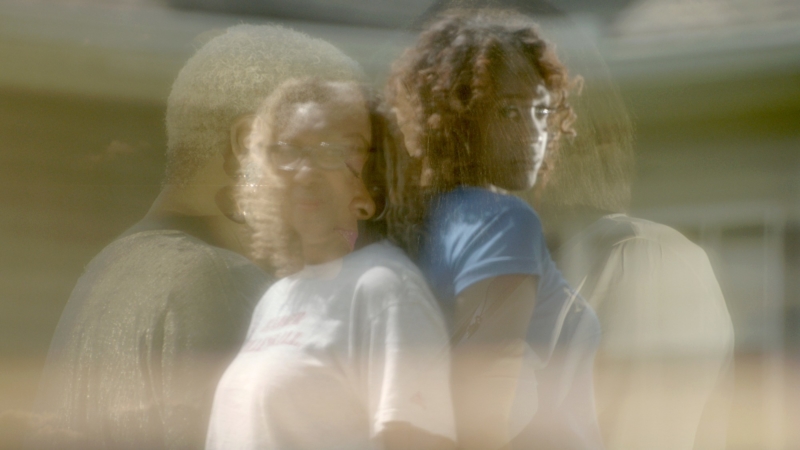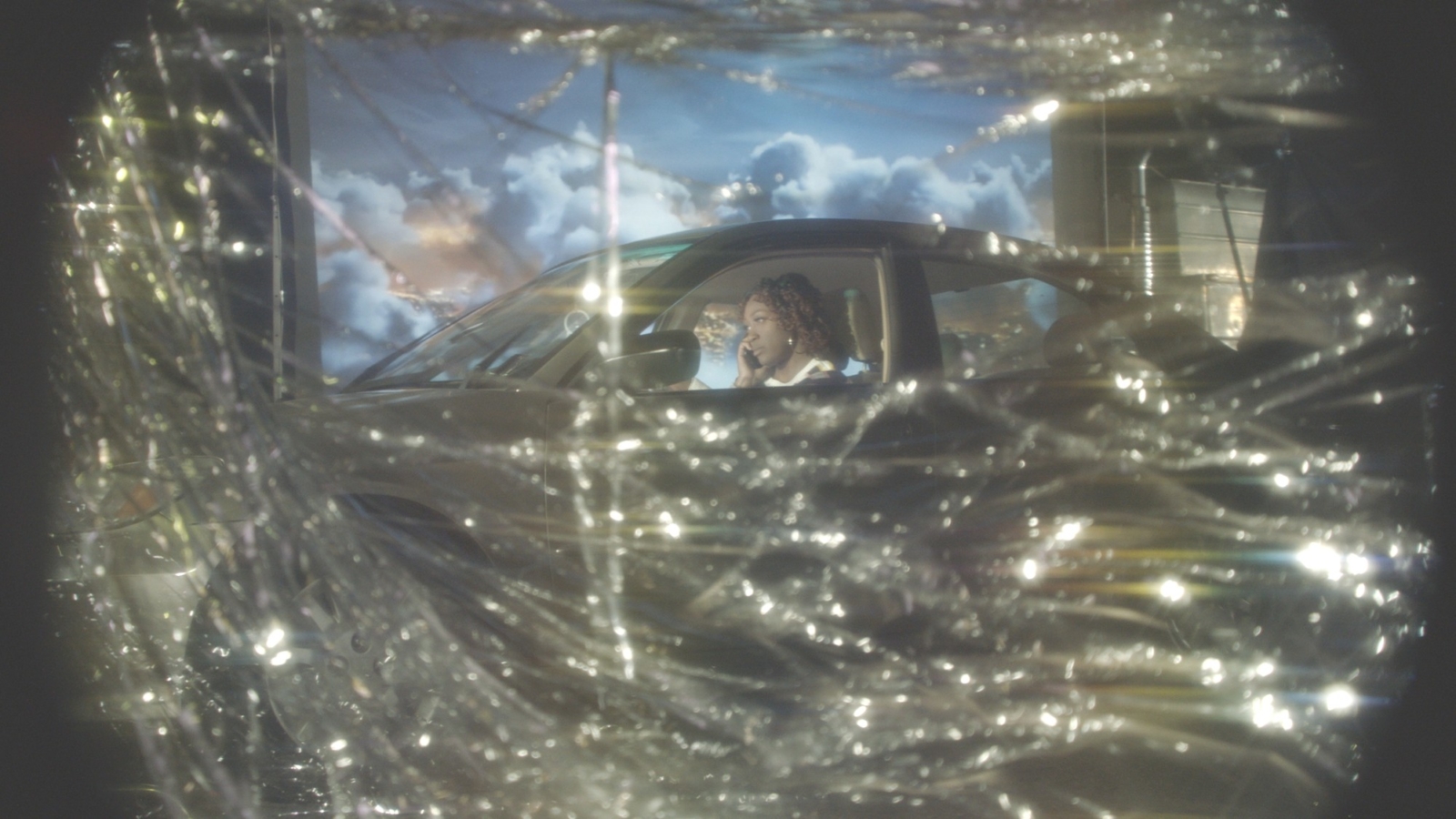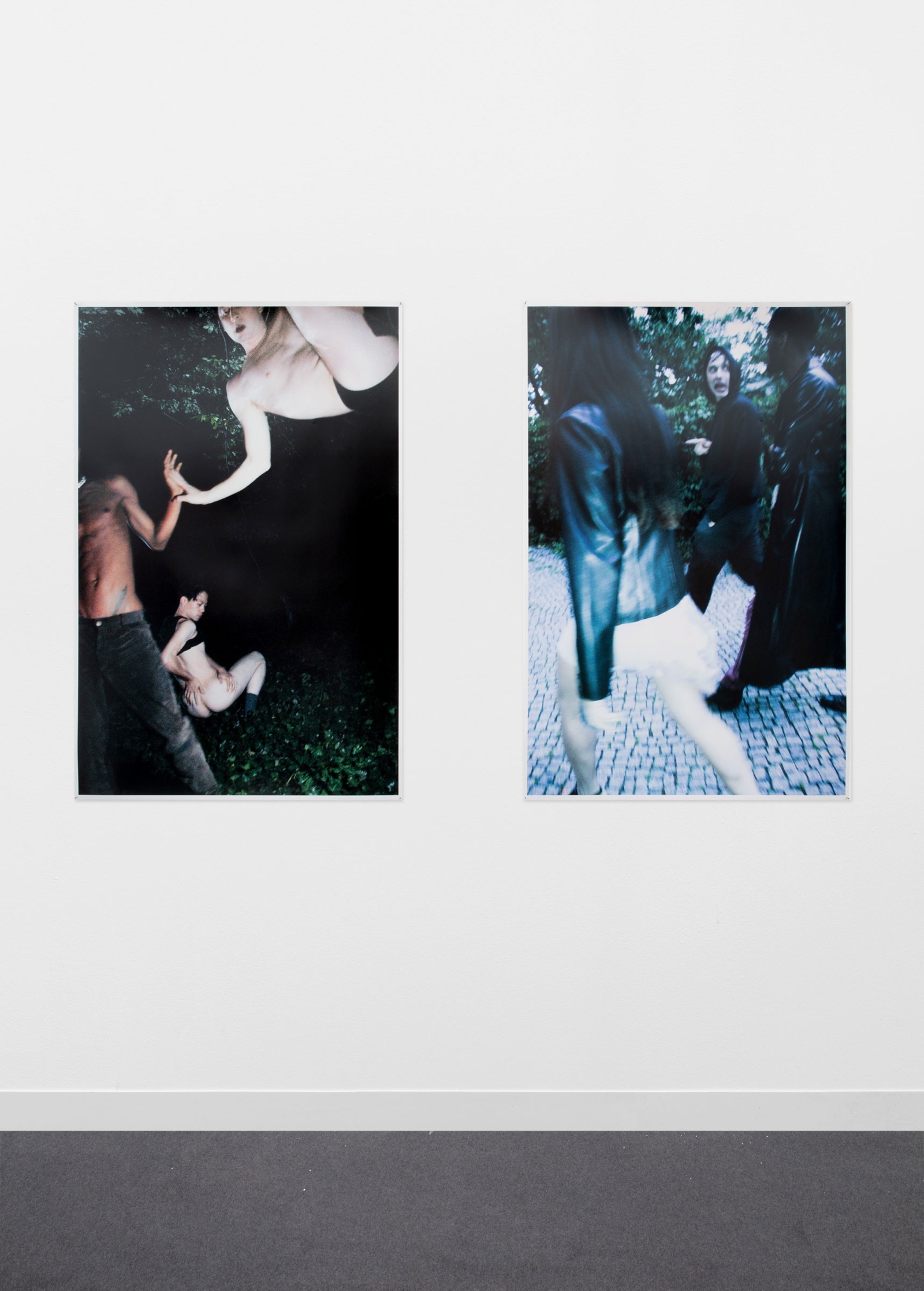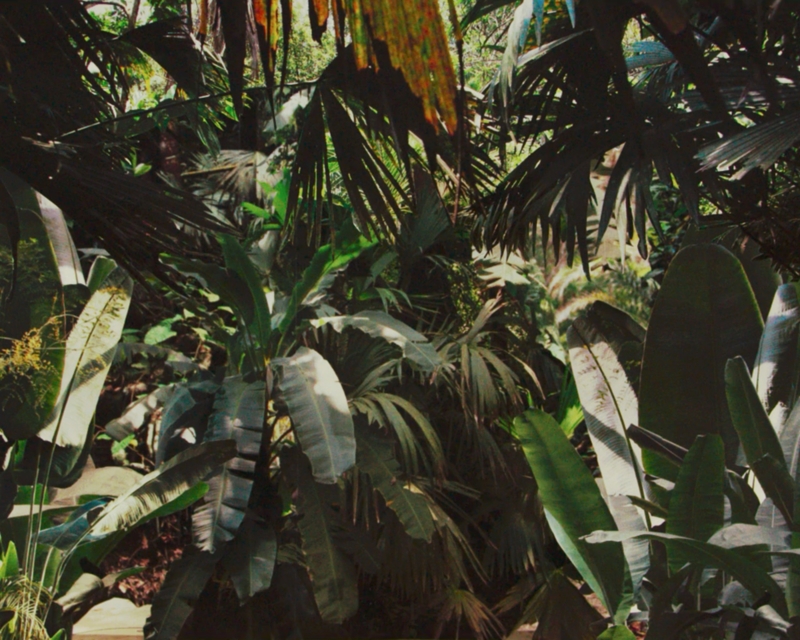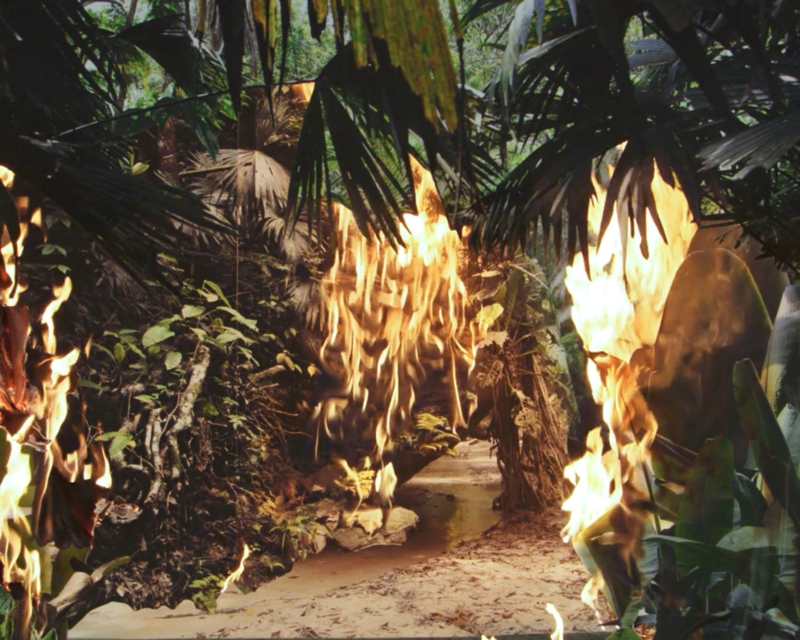Art Fair Round-up 2021 – Frieze London
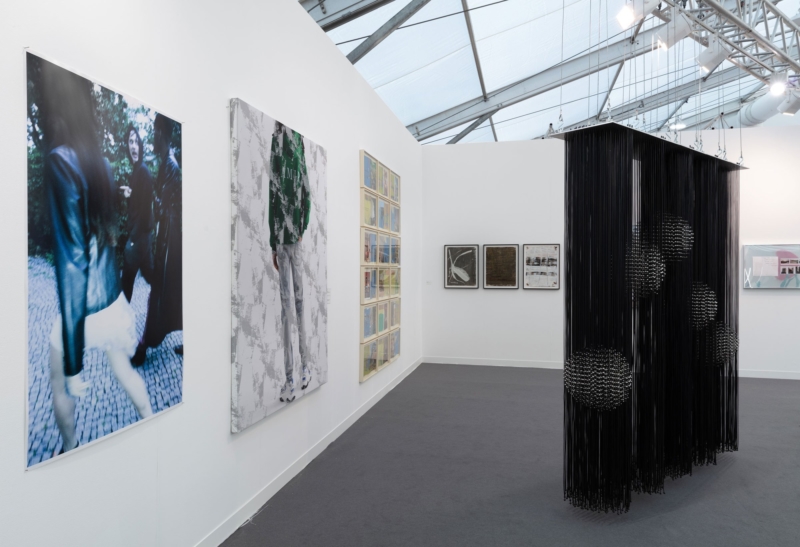
Frieze – London’s annual hot date of art and commerce, returns after a two year hiatus, due to the COVID-19 pandemic. Throughout which, collective consciousness was beset by a global pandemic, climate change, and the Black Lives Matter protests in the wake of the murder of George Floyd.
So, how did Frieze re-enter the cultural agenda in post-Brexit London? In Artistic Director of Frieze Art Fair Eva Langret’s own words. “In this particular moment in time and after everything that we’ve been through it was really important for us to think about what the fair means as a platform and how it can contribute to elevating new voices”.
There was a noticeable focus on diversity, young galleries and curators of the moment presenting new artists as well as live performance art in the online Frieze viewing rooms. As ever, the show was vast, here are some highlights.
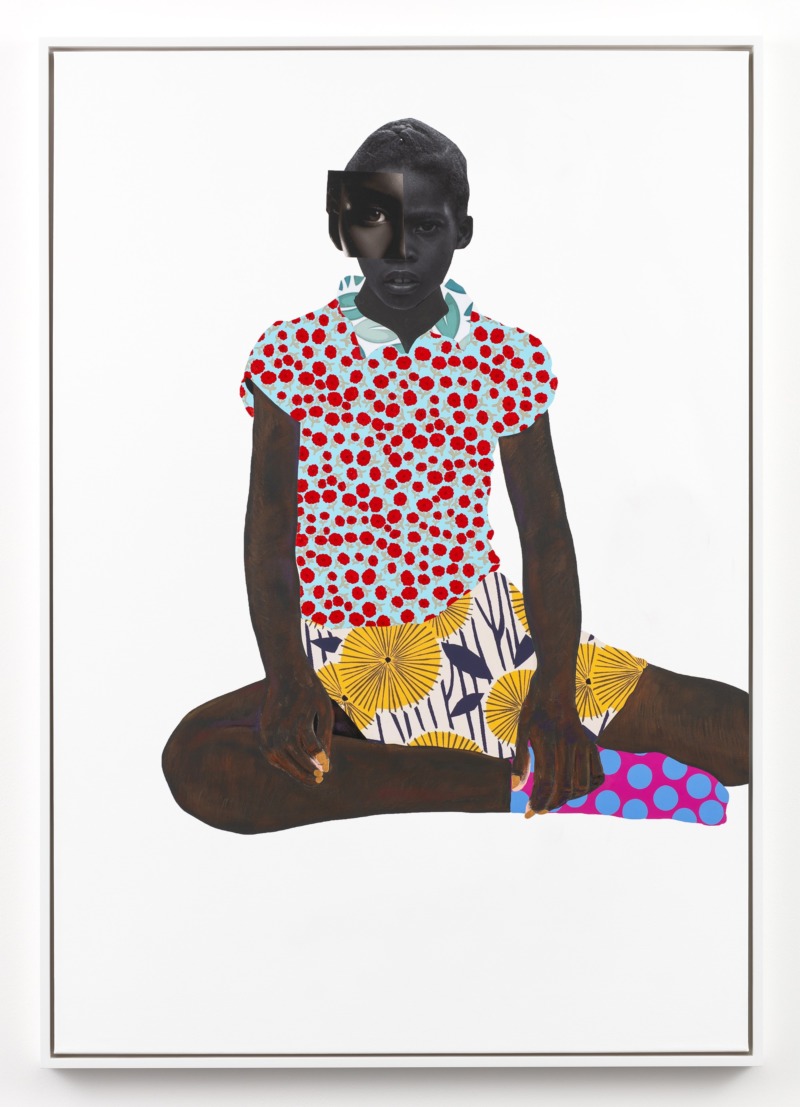
Deborah Roberts
Stephen Friedman Gallery presented new works by the established African-American artist Deborah Roberts. Roberts’ work is held in the collections of major American museums and art institutions, while her presentation at Frieze coincided with her first solo institutional show in Europe at The Bluecoat in Liverpool.
The artist’s mixed-media practice involves collages of magazine cutouts, fabrics and other materials along with painted details on canvas or cardboard. Roberts’ body of work focuses on the challenges faced by black children. The base is the image of an innocent child, cutouts or symbols are added to represent what society has imposed on them. The artists’ earlier work focused on young girls and dealt with notions of black beauty, hypersexualisation and identity politics. In this show we also see boys. In the very moving and aptly titled work A long way to go (2021), three boys are depicted, dressed in chain gang striped sweatshirts with cartoon hats painted on their heads. Their childhood and innocence denied by a pathologically criminalising constructed belief that we are still such a long way away from dispelling.
Garrett Bradley
Lisson Gallery presented a new film by Garrett Bradley, an director working in the realms of documentary and art film. AKA (2019) is a ten minute, dreamy pastiche of glimmering images of mixed-race mothers and daughters. Seemingly together and apart at once, back and forth in past and present, the film feels like an allegory of their relationships. “Are you colour struck?” repeats one of the subjects to her mother, alluding to colourism and the different identity and life experience it bestows each of them with.
Currently streaming on Amazon Prime, her feature Time (2020), awarded best director at Sundance, explores a story of incarceration from a “black, female and feminist perspective”.
The film is a testament to the inhumane American justice system while portraying Rich Fox, the female lead, and the depth of her relationship with her incarcerated husband with an aspirational force. “There’s an obligation to teach people,” says Bradley. “I don’t want to just preach to the choir. How can all women connect with this idea of loneliness? How can all women think about what it means to not be able to be with the person that you want to be with?”
Rob Kulisek
Presented by VI, VII, Rob Kulisek’s two large scale photographs come from his first solo exhibition of sixteen photographs from the series pride (rave). The American-born, Berlin-based fine art and fashion photographer staged an illegal rave in Berlin during the peak of the lockdown and shot the work in one evening between his studio and Tiergarden park. His work is not staged but the artist initiates scenarios in his practice where he allows his subjects to be in the moment, intimate yet knowingly being watched.
The necessity for the community of nightlife for LGBTQ groups and the psychological implications of self-isolation during this time are central to this presentation. Some argued that government-imposed quarantine rules on nightlife across Europe served more than safeguarding public health. Kulisek’s response is the documentation of the deep need for connection and an alternative to the heteronormative family unit – raving as self care.
Noémie Goudal
London gallery Edel Assanti premiered Noémie Goudal’s latest film Below the Deep South (2021). What appears to be footage of a lush tropical forest, slowly consumed by fire, is in fact an optical illusion. This is a staged filmed installation of photographic prints, set on fire and revealing the vacant staging space at the end of the film. Goudal describes her work as ‘heterotopias’, using Michel Foucault’s term referring to spaces of otherness found between the real world and human imagination.
Goudal is interested in landscape in the same way as the land artists of the 1970s Richard Long and Robert Smithson, showing the connection between nature and the human condition. Goudal is not trying to talk about climate change directly, yet, after a summer of record-breaking wildfires devastating California, the Mediterranean, and Siberia it’s hard to watch the film without making the connection.

